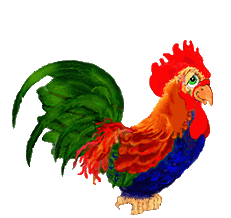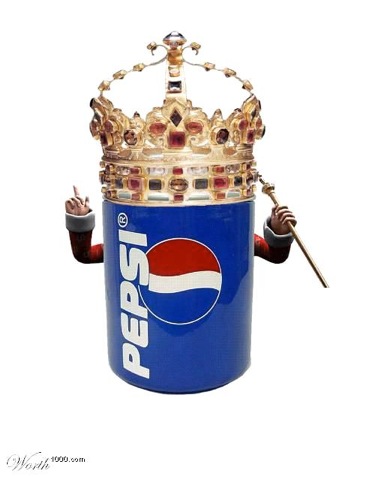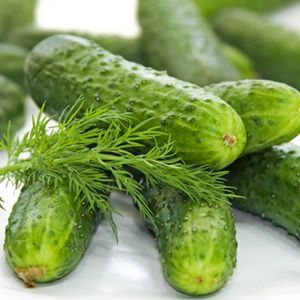
An Indian vendor sells aubergines at a wholesale market in Calcutta.
Photograph: Deshakalyan Chowdhury/AFP/Getty Images
India‘s poverty line has always been a matter of huge debate, but it was a discussion mostly confined to economists and policymakers. But the matter has now gone public, following a row about an affidavit from the planning commission to the supreme court of India, in which the official poverty line was set at 26 rupees (around $0.53) per person per day in rural areas and 32 rupees in urban areas. This can only be a good thing, because the official attempts to measure poverty are not just arcane, but riddled with contradictions.
How exactly are these numbers arrived at? The measure was developed in the early 1970s, when a group of experts decided the appropriate line would be set according to the average monthly consumption expenditure of households whose members consumed (per capita) 2,400 calories of food per day in rural India and 2,100 calories per day in urban India.
Subsequently, the poverty line has simply been updated using consumer price indices. These numbers now have little to do with actual calorie consumption because food consumption patterns have changed. However, the use of that line has been defended by official sources who have argued that, at that level of expenditure, families could afford to buy minimum food and have simply chosen not to.
Of course, this begs the question of whether it is really choice or the urgent need to consume other items (energy, healthcare and so on) that determine patterns of spending. Nevertheless, it is precisely this line (annually updated by consumer price indices) that has been used to describe the extent of poverty in India for decades. This was roughly similar to the World Bank’s estimate of $1 a day (now $1.25 a day) per person, not at nominal exchange rates, but at purchasing power parity (PPP) exchange rates.
In recent times, various committees led by economists have come up with different ways to measure the extent of poverty. The official line delivers a poverty rate of around 32% of the population. A committee under Suresh Tendulkar estimated it at 37%, while another led by NC Saxena said 50%, and in 2007 the Arjun Sengupta commission identified 77% of Indians as “poor and vulnerable”. The World Bank’s PPP estimate of Indian poverty was higher than 40% in 2005, while the Asian Development Bank arrived at almost 50%. The UNDP’s Multidimensional Poverty Index finds the proportion of the poor to be higher than 55%.
All this even sounds ridiculous. And if it were simply a question of measuring the extreme poor and tracking the extent of extreme poverty over time, this discussion could indeed be left to the social scientists. But what has made it matter – for all the wrong reasons – is that these arbitrarily drawn poverty lines have been used to determine the extent to which citizens receive subsidised access to essential goods and services.
Since the mid-1990s, various government schemes have differentiated between the categories of “Below Poverty Line” (BPL) and “Above Poverty Line”(APL), and it was announced that a whole range of subsidised goods and services – from cheaper food grain in the public distribution system to subsidised healthcare to access to funds for basic housing – would only be available to BPL households.
Since India has a federal system, state governments are in charge of delivery of all these goods and services, and they have to decide which households are most in need through surveys. In fact, many state governments have taken a more realistic view of the people in need and issued “BPL” cards to many more households than those recognised according to the official poverty line. In some southern states, for example, significantly more than two-thirds of rural households have BPL cards.
But the central government allocates resources (both money and food grain) to the states on the basis of the national poverty estimates taken from the national sample survey, which is based on the official poverty line. State governments that provide these goods and services to additional households have to finance the extra ones themselves. As they have faced hard budget constraints, this has become increasingly difficult. That is why the poverty numbers are such a bone of contention.
In this context, the only sensible thing for the government to do would be to separate the basic entitlements of the people, especially food, from such controversial numbers. This is the basic proposal of a statement signed by more than 30 leading economists, including two former state finance ministers and many senior economists who have worked with the government in different capacities. The statement is worth quoting in full:
We do not consider the official national poverty lines set by the planning commission, at 32 and 26 rupees per capita per day for urban and rural areas respectively, to be acceptable benchmarks to measure the extent of poverty in India. In any case, irrespective of the methodology we adopt to measure poverty, the number of poor and hungry people in the country remains unacceptably large.
While academic debates can continue on the appropriate measure of poverty in India, its extent and whether it is decreasing over time, we strongly believe that it is unacceptable and counterproductive to link the official poverty estimates to basic entitlements of the people, especially access to food. Official surveys of nutritional intakes and outcomes indicate that undernutrition is much more widespread than income poverty, however defined. It is also widely recognised that the targeted public distribution system (PDS) introduced since 1997 has done more harm than good by creating divisions even among the poor and has led to massive errors of exclusion. Recent evidence clearly establishes that states which have moved towards near universalisation of the PDS have performed much better in increasing offtake and reducing leakages.
Restoring the universal PDS appears to us as the best way forward in combating hunger and poverty. This is not only feasible within the available fiscal space of the Union (central) government but must be a policy priority in the backdrop of high and persistent food price inflation.
Following the controversy, the government has now declared that it will take into account multiple dimensions of deprivation for arriving at specific entitlements that rural households will receive, and that the current poverty estimates based on these declared numbers will not be used to impose any ceilings on the number of households to be included in different government programmes and schemes. We still have to see how this will play out, but here is a first step in the right direction.
• This article was amended on 4 October 2011. The final paragraph has been updated following the Indian government’s announcement on Tuesday that it would not cap poverty numbers. The paragraph had read: “This is something the government should pay heed to – otherwise, the growing perception is of a governing coalition that is not only riddled with corruption, but full of Marie Antoinette-style insensitivity.” This has now been changed.
http://www.guardian.co.uk/global-development/poverty-matters/2011/oct/04/india-measuring-poverty-line






















